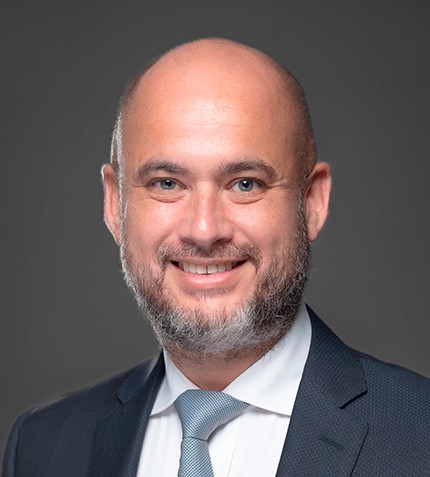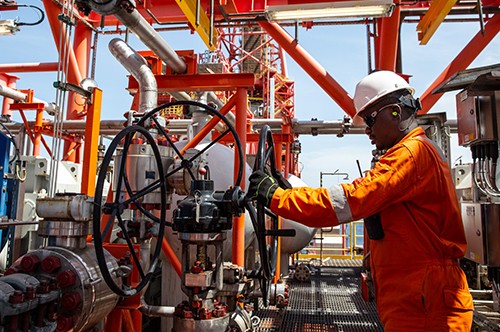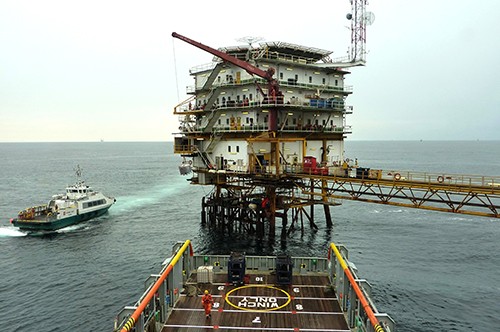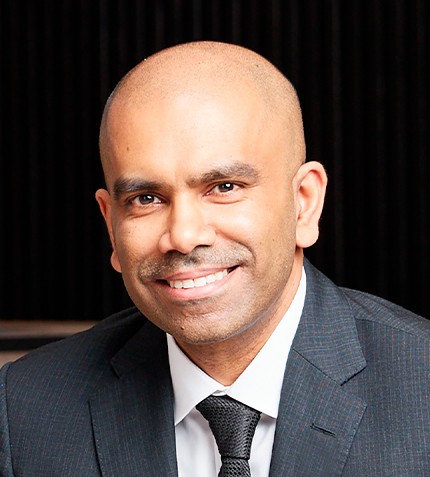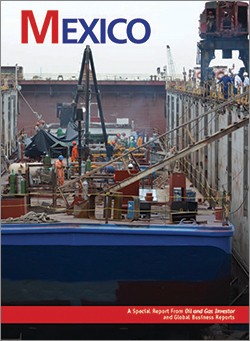
PUBLICATION
Mexico Oil & Gas 2012 OGI Release
Mexico currently finds itself in the economic spotlight, as investors shift their focus away from the BRIC (Brazil, Russia, India, China) countries towards the Spanish-speaking world’s most populous nation. Mexico enjoys significant demographic and geographic advantages, with a young and growing population and the major export markets of the U.S. and Latin America conveniently located on either side. The major financial indicators are promising: a low gross domestic product (GDP) to debt ratio of 35%, steady growth rates since the mid-1990s and an increasingly diversified economy that did not suffer as badly as predicted in the global downturn of 2008. The financial sector is fast becoming one of the country’s assets with that rarest of modern phenomenon—a stable banking system. Mexican banks have an average capitalization rate of 15%, almost double the minimum regulatory requirement of 8%. Relatively cheap labor costs have resulted in a national manufacturing boom and stimulated the export of goods throughout the world. Yet for all this diversification, the centerpiece of the economy remains the production of oil and the company that controls it: Pemex.







